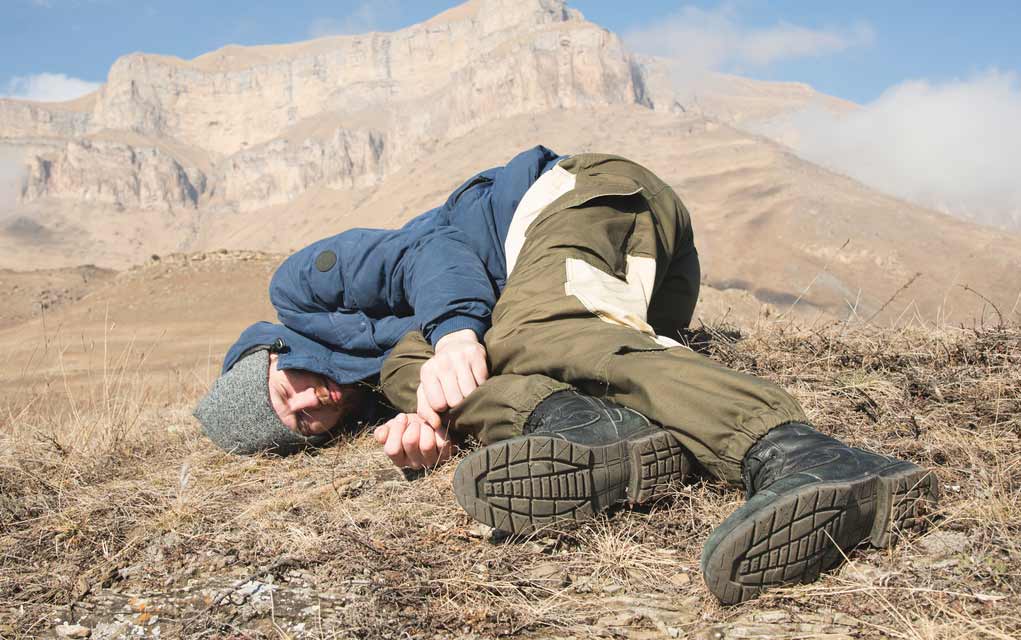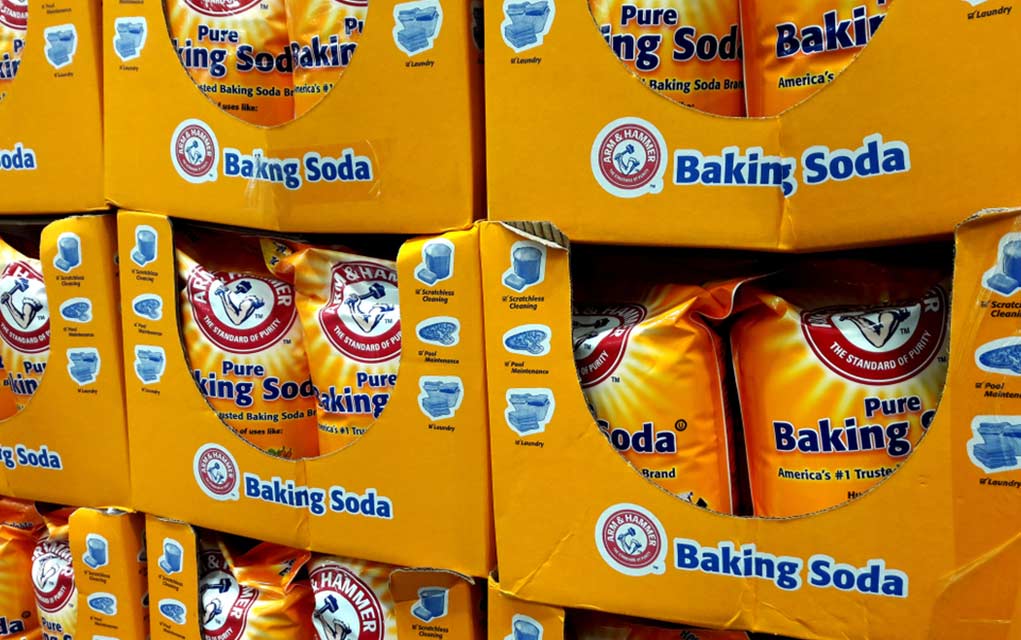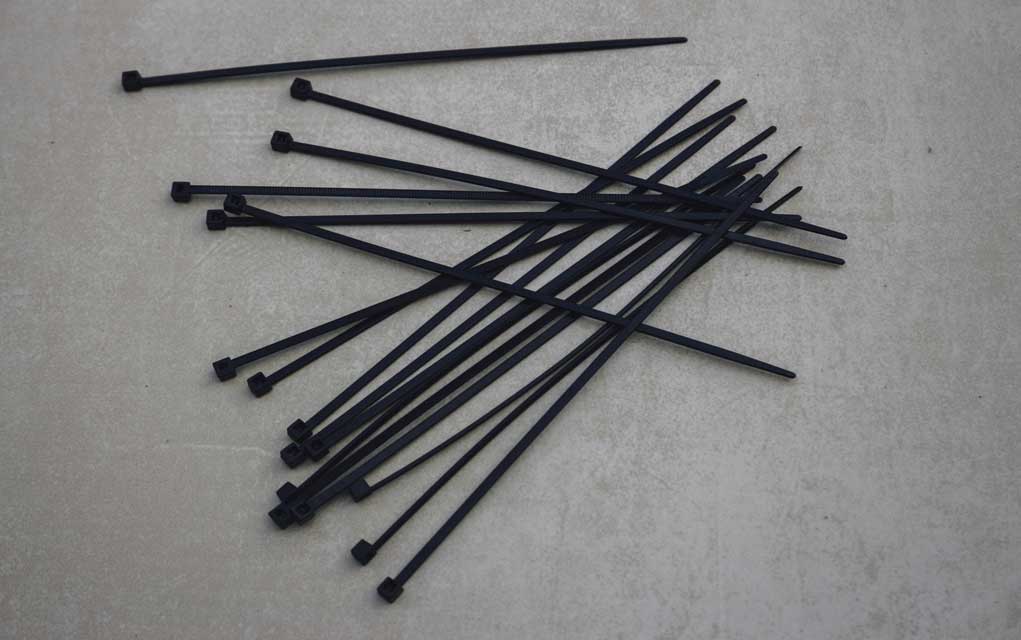(Modern Survival.org) – When prepping to face an emergency, disaster, or full-on TEOTWAWKI event, there are some common mistakes that could become the downfall of many survivalists. From misconceptions to delusions, these blunders are potentially deadly in a true survival situation.
In the following video, Canadian Prepper outlines ten common mistakes that can kill:
- Relying on Survival Manuals. Survival manuals are great ways to learn; however, the skills they teach need to be honed through hours of practice. Many survival skills are hard to master under optimal conditions. Trying to learn them while under the stress of an emergency will be more difficult.
- Overlooking Common Problems. Many people begin prepping to survive large-scale events, such as civil unrest, natural disasters, or all-out war. Preparing for these is fine; however, overlooking smaller — more likely — emergencies can be problematic.
- Lack of Physical Fitness. Having a bug out bag (BOB) ready to go is recommended, but without the proper level of fitness, carrying a 35-pound bag in rough conditions is going to be hell. When survival depends on getting miles away with that gear, getting tired after a few minutes could be fatal.
- Mini Kits. Many people have chosen to go with miniature survival kits to combat the physical toll of carrying large amounts of gear. Unfortunately, unless they are extremely well trained in the use of every item in these mini-kits, it won’t be enough to keep them alive in a true disaster.
- Planning to Scavenge. In the event of a large-scale disaster, everyone will become scavengers — likely sooner than later. In as few as three days, food will be gone from shelves, and people will become desperate. Shortly thereafter, all local resources will have been picked over, at which point the situation will become far worse.
- Surviving in the Wild. Many preppers have this idea that they can flee into the woods and survive off the land when civilization falls. Shows such as Survivor and Alone are great examples of why this likely won’t work out for them. If hardened bushcrafters end up starving and in need of rescue, the average person doesn’t have much hope of survival in the unforgiving elements.
- Staying Isolated. Even the very best survivalists can only survive on their own for so long. The “lone wolf” approach to survival is unrealistic at best, and lethal at worst. Everyone will need help from another human being at some point.
- Surviving Weeks Without Food. Technically, the human body can go 3 weeks or more without food. However, after about ten days, fatigue, lethargy, weakness, and dizziness will begin to set in. At this point, the ability to find vital nutrients will spiral downward, making starvation a very real threat.
- Surviving Without Water. As the scenario with food, going without water will prove deadly in a matter of days. The human brain is composed mostly of water, so lacking hydration will cause cognitive issues, which in turn will lead to potentially fatal mistakes.
- Ammo is Everything. Ask any veteran and it becomes apparent that combat is not what the movies make it out to be. Going into a firefight without extensive training will likely end badly for most people, regardless of how many rounds they have.
These common misconceptions could lead to the demise of many survival-minded people in the event of a life-changing disaster. Knowing how to prepare accordingly is one way of increasing the odds of survival.
~Here’s to Your Survival!
Copyright 2023, ModernSurvival.org













